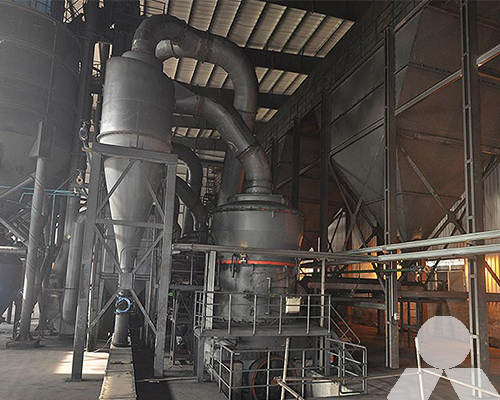Grinding Mill Equipment Needed For Stone Paper
Stone paper, a revolutionary eco-friendly alternative to traditional paper, has gained widespread attention due to its unique production process and environmentally friendly characteristics. One essential piece of equipment in the production of stone paper is the grinding mill. This article explores the significance of grinding mills in the stone paper manufacturing process, their various types, and their role in achieving the desired product quality.

The Role of Grinding Mills in Stone Paper Production
Grinding mills play a pivotal role in transforming raw materials into the fine powder required for stone paper production. Unlike conventional paper made from wood pulp, stone paper is manufactured from a blend of calcium carbonate (limestone) and high-density polyethylene (HDPE). The calcium carbonate needs to be finely ground to achieve the desired particle size, which contributes to the paper’s smooth texture and durability.
Types of Grinding Mills Used in Stone Paper Production
Several types of grinding mills are utilized in the stone paper manufacturing process. These mills are designed to break down the calcium carbonate particles to the required size, ensuring uniformity and consistency in the final product. The main types of grinding mills used include:
- Ball Mills: Ball mills are commonly used for grinding materials into extremely fine powders. In the context of stone paper production, they are efficient for reducing the size of calcium carbonate particles.
- Raymond Mills: Raymond mills are known for their reliability and high grinding efficiency. They can be used to produce a fine powder suitable for stone paper production.
- Vertical Roller Mills: These mills utilize rollers to crush and grind materials, making them well-suited for grinding calcium carbonate particles into the desired fineness.
- Hammer Mills: Hammer mills are suitable for coarse grinding and are often used to break down larger calcium carbonate particles before further processing.
Importance of Grinding Mill Efficiency
The efficiency of the grinding mill directly impacts the quality of the stone paper produced. Proper grinding ensures that the calcium carbonate particles are evenly dispersed within the polymer matrix, resulting in a paper with consistent properties such as smoothness, whiteness, and strength. Additionally, an efficient grinding process minimizes energy consumption and production costs, aligning with the eco-friendly nature of stone paper production.
In the world of eco-friendly and sustainable materials, stone paper stands out as a game-changer. The production of stone paper requires several critical processes, with grinding mills serving as a cornerstone in achieving the desired particle size of calcium carbonate. The type and efficiency of the grinding mill utilized significantly influence the final quality of the stone paper. As the demand for environmentally conscious alternatives continues to grow, the role of grinding mills in stone paper production remains indispensable, shaping the future of paper manufacturing.









